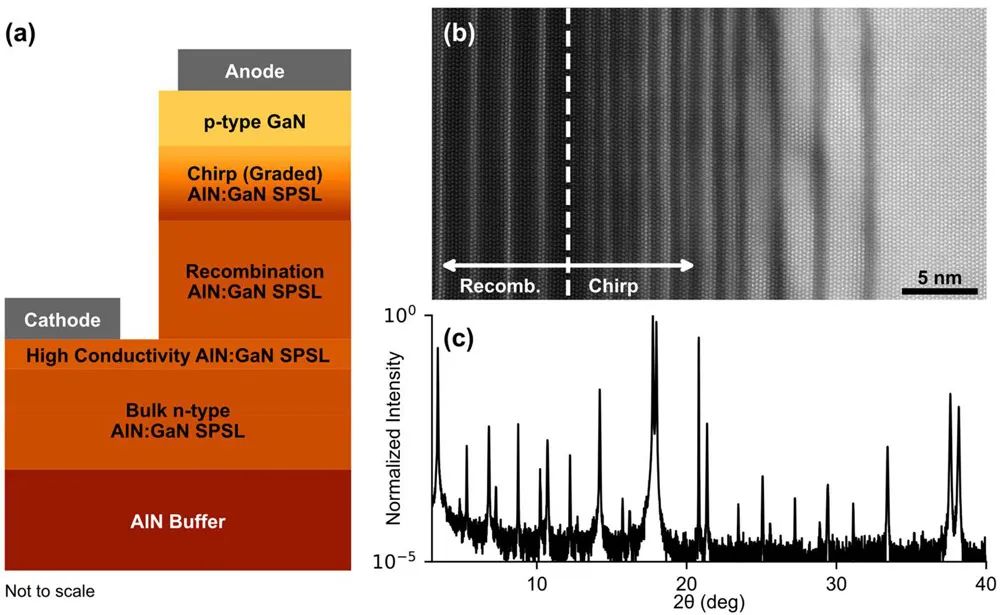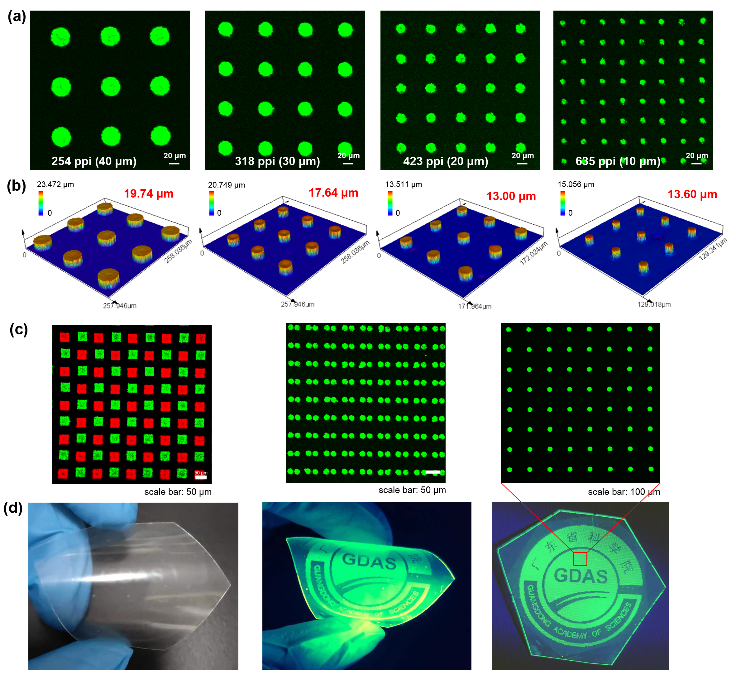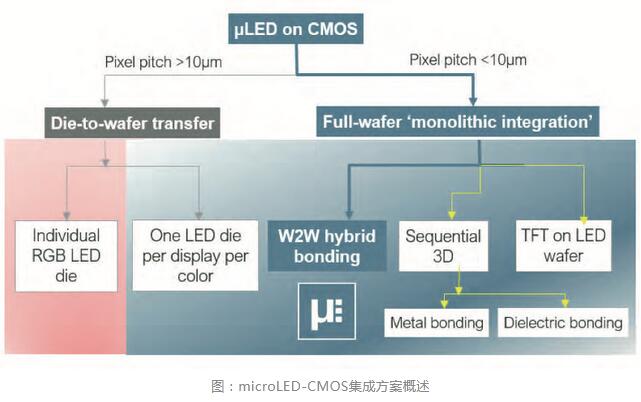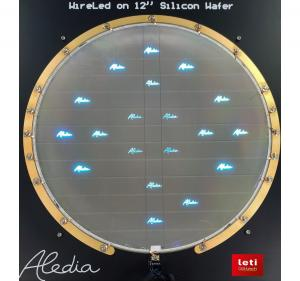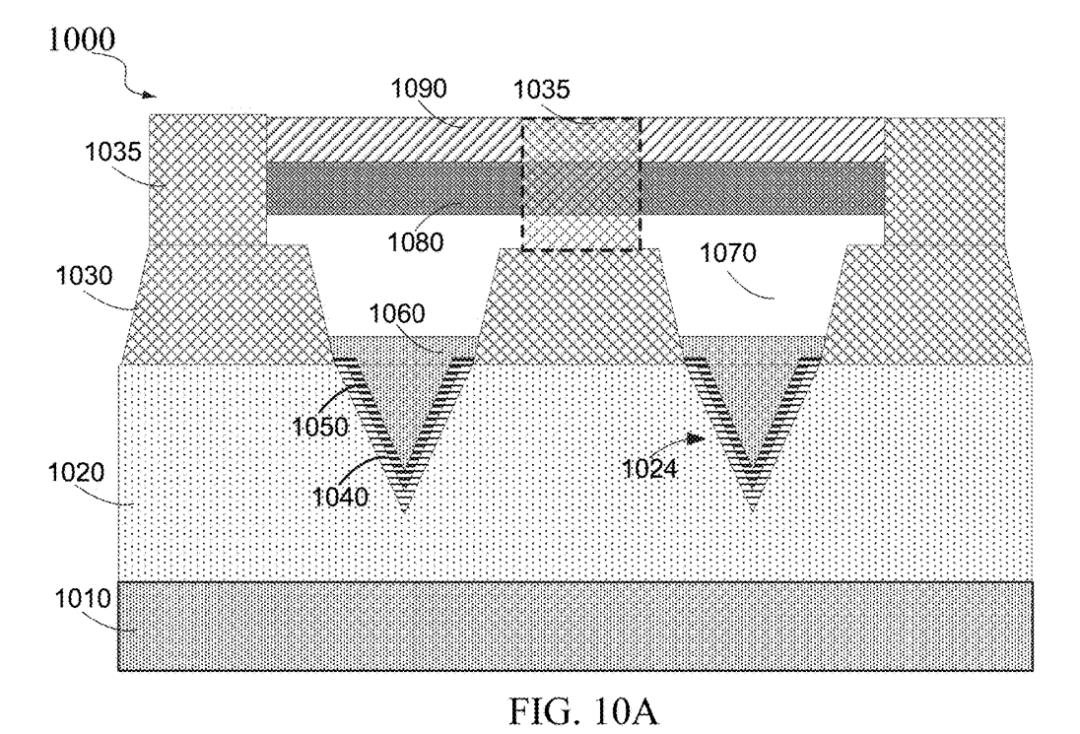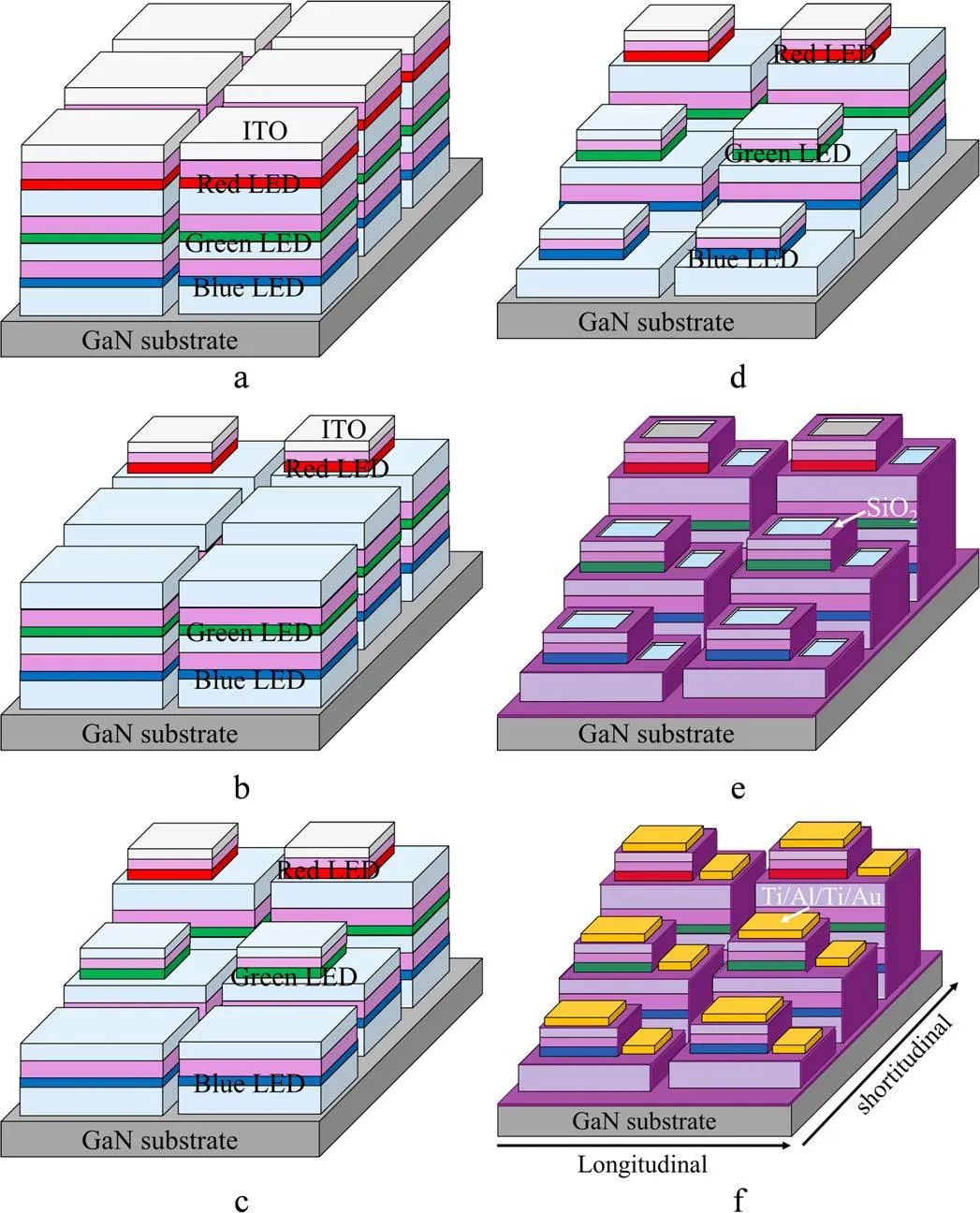Many heavyweights in the academic community and industry jointly published an article on Micro LED r
- author:
- 2024-06-04 15:57:06
Micro-LEDs play an important role in future generations of smart displays, and they are very attractive in many applications, such as maskless lithography, biosensors, AR/MR, etc. We urgently need a display that can achieve saturated color rendering, high display resolution and fast response time, and micro-LED technology may be the best choice to meet these needs.
Currently, semiconductor RGB micro-LED chips and color conversion micro-LEDs are the main competitors to achieve full-color high-resolution displays. Both methods require revolutionary ways to improve material quality, process equipment, and assemble individual components into a system.
Recently, National Taiwan University, Yangming JiAOTOng University, Hon Hai Research Institute, Taiwan Industrial Research Institute and other units joined hands with prestigious universities such as UCSB, UCF, and KAUST, including the 2014 Nobel Prize winner in Physics-Professor Nakamura, Academician Wu Shicong of the Academia Sinica, and PlayNitride, a leading manufacturer of micro-LED technology in Taiwan, completed and wrote a comprehensive micro-LED roadmap article.
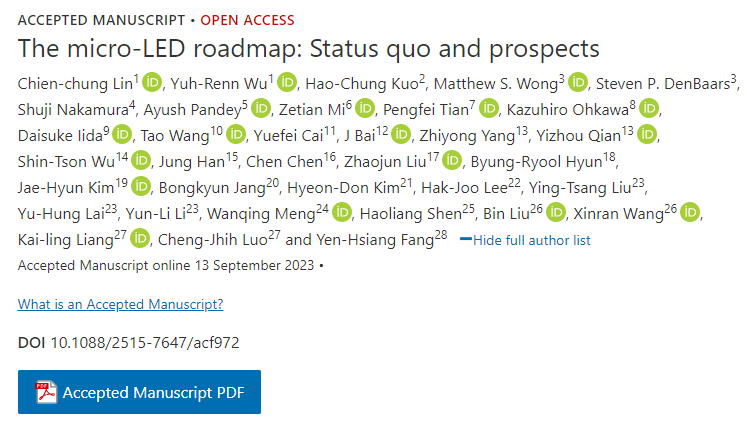
The article highlights the current status and challenges of micro-LED-related issues and discusses technologies that can address these challenges. This achievement,"The micro-LED roadmap: Status quo and prospects", has been accepted and will soon be published in the Journal of Physics: Photonics. For the full text, see https://doi.org/10.1088/2515-7647/acf972.
Innovations in epitaxial technology, such as tunnel junctions, direct epitaxy, and nitride-based quantum wells for red and ultraviolet light, can provide important solutions to the performance of micro-LEDs. In addition, quantum-scale structures such as nanowires or nanocillars are crucial to the scaling of the device.
At the same time, the color conversion method using colloidal quantum dots as the active material provides a simple solution for the assembly of large micro-LED arrays, and at the same time realizes full-color display through the application of colloidal quantum dots. These quantum dots can be patterned through porous structures, inkjet technology or photosensitive resins.
In addition to the micro-LED device itself, peripheral components and technology are equally important. The transfer and repair of microchips, heterointegration with electronic components, and new two-dimensional materials are all factors that cannot be ignored, otherwise the entire display module will consume a lot of power.
AR technology is one of the potential customers for micro-LED displays, but the user experience to date has remained limited due to the lack of truly qualified displays.
This analysis of the Micro-LED roadmap shows that micro-LED technology is evolving towards solving current problems, and all of these efforts are committed to meeting our most stringent viewing needs and achieving a high-efficiency display with ideal characteristics. We expect micro-LEDs to become an indispensable part of our daily lives.
TAG:
Guess you want to see it
Popular information
-
Zhejiang University's micro-level Micro-LED array achievements were selected into the top ten scient
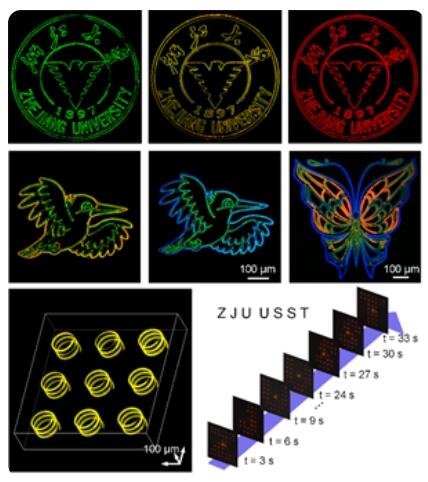
-
Micro LED heating capacity reduced by 40%! This study is supported by Samsung
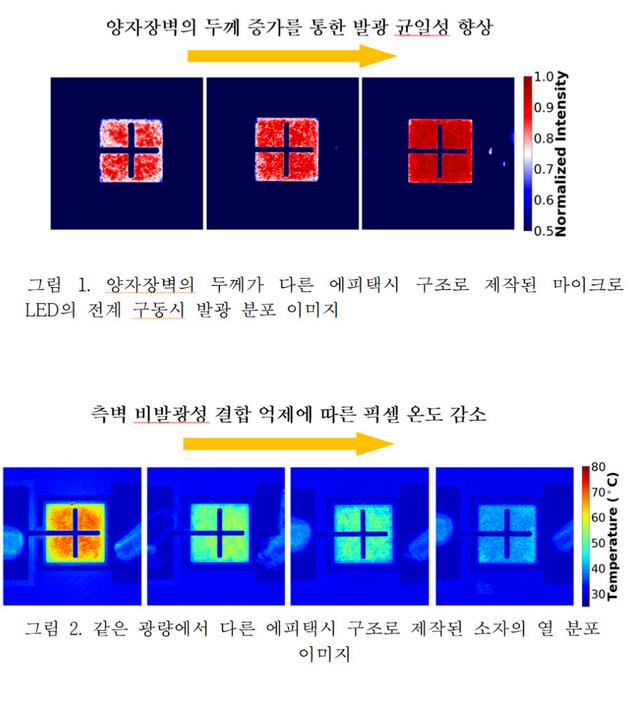
-
The latest progress of Micro LED chips! 4 units disclosed
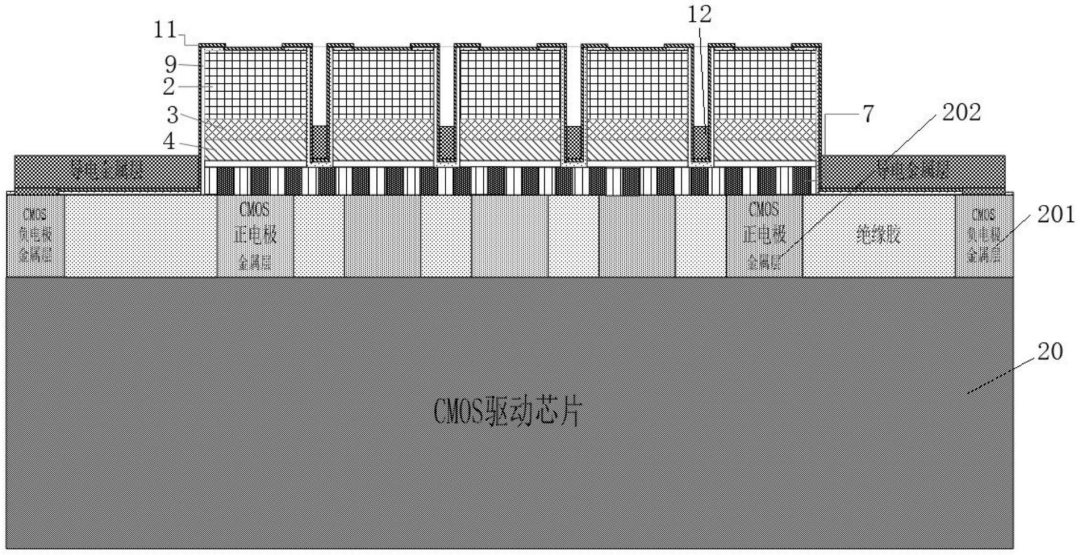
-
Red MicroLED R &D competition accelerates: Material innovation can solve the problem of luminous eff

-
Analysis of the evolution path of Samsung Display XR Display's MicroLED microdisplay technology
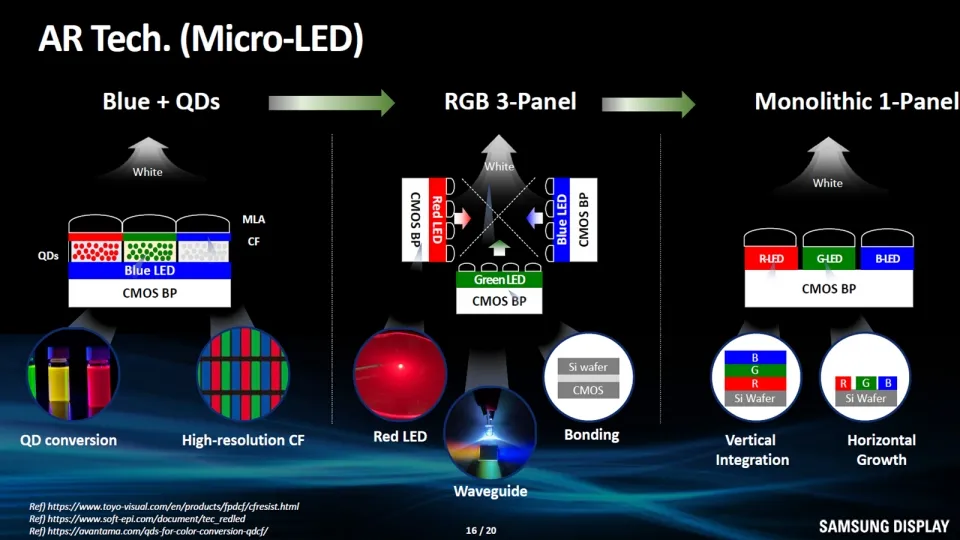
-
A team from Xiamen University designs artificial nanostructures that enhance deep ultraviolet light
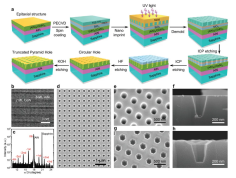
-
99.88% yield! Seoul National University Micro LED Mass Transfer New Breakthrough
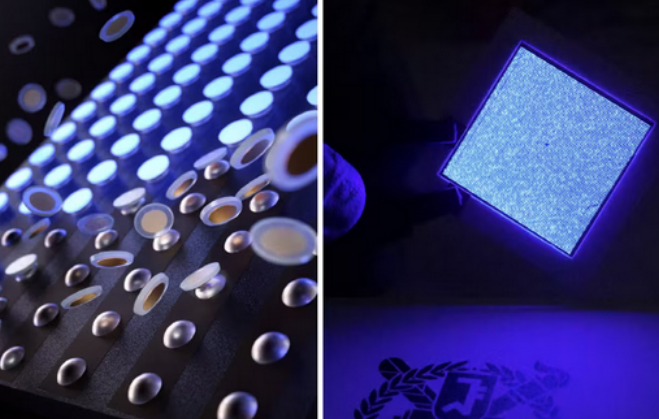
-
technology| Interpretation of MicroLED Technology in Mico Display Principles

-
South Korean universities achieve growth of flexible GaN Micro LED arrays on graphene substrates
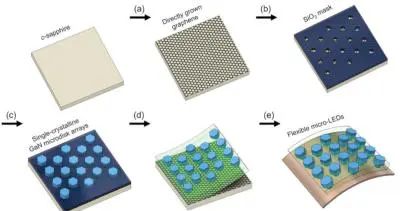
-
Apply materials to develop new Micro LED full-color technology
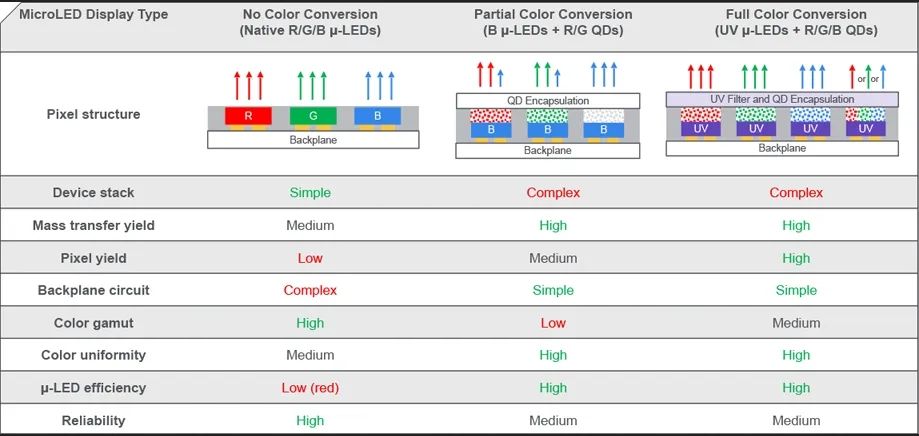
the charts
- The best solution for AR glasses? Integrating Micro LEDs with advanced CMOS
- Red MicroLED R &D competition accelerates: Material innovation can solve the problem of luminous eff
- Micro LED heating capacity reduced by 40%! This study is supported by Samsung
- Zhejiang University's micro-level Micro-LED array achievements were selected into the top ten scient
- Red MicroLED R &D competition accelerates: Material innovation can solve the problem of luminous eff
- Analysis of huge transfer technology: How to break through the Micro LED display process problems?
- technology| Interpretation of MicroLED Technology in Mico Display Principles
- Micro LED achieves breakthrough results again
- Micro 0.4 released globally, opening a new era in the LED industry
- A team from Xiamen University designs artificial nanostructures that enhance deep ultraviolet light
